Preparation of Tungsten Disulfide Thin Film by Physical Vapor Deposition
- Details
- Category: Tungsten Information
- Published on Monday, 17 March 2025 11:30
- Written by Xiaoting
- Hits: 141
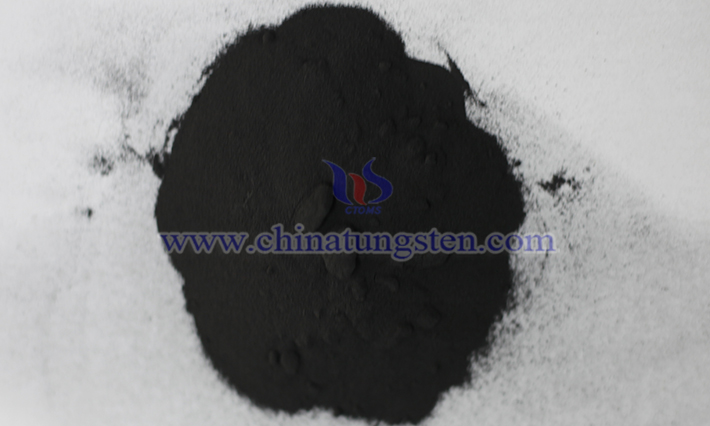
Physical Vapor Deposition (PVD) is an important technique for preparing tungsten disulfide thin film on material surfaces. Due to its unique physical and chemical properties, WS₂ thin film is widely applied in fields such as aerospace, mechanical manufacturing, and the automotive industry.
Read more: Preparation of Tungsten Disulfide Thin Film by Physical Vapor Deposition
Unlocking the Secrets of Tungsten Oxide Thin Film: from Preparation to Performance Regulation
- Details
- Category: Tungsten Information
- Published on Tuesday, 11 March 2025 16:34
- Written by Xiaoting
- Hits: 143
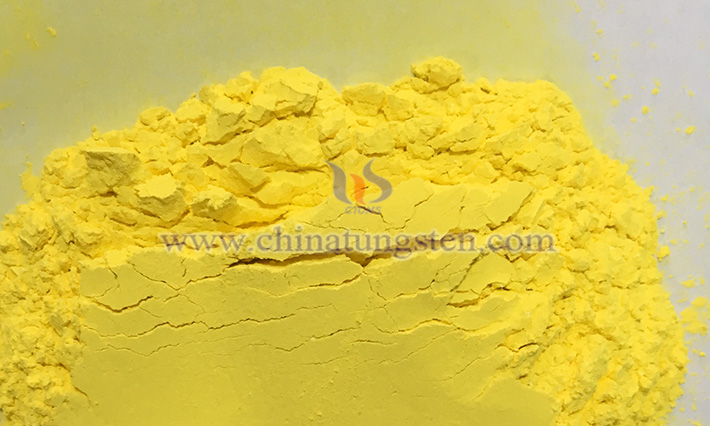
In the cutting-edge field of materials science, tungsten oxide thin films are gradually emerging as a focus of attention for many researchers due to their unique and outstanding properties. This seemingly ordinary thin film material actually harbors tremendous potential and has demonstrated remarkable application prospects in numerous fields.
Preparation of Tungsten Disulfide by Hydrothermal Method
- Details
- Category: Tungsten Information
- Published on Monday, 10 March 2025 20:48
- Written by Xiaoting
- Hits: 157
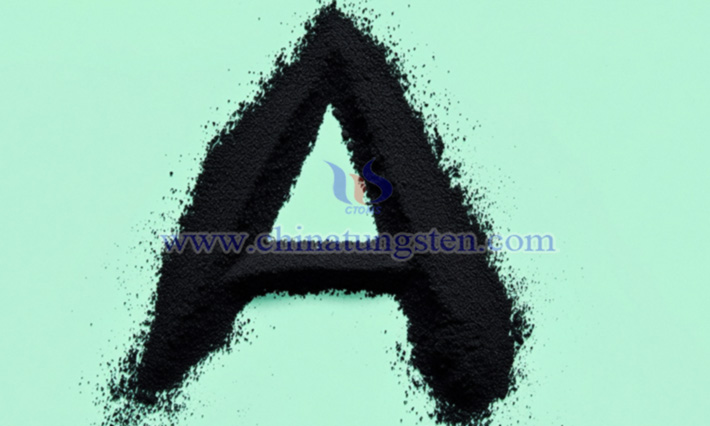
The hydrothermal method is a commonly used technique for synthesizing tungsten disulfide (WS₂) nanomaterials. Due to its simplicity, low cost, and ability to effectively control the morphology and size of the resulting products, it has gained widespread application in the field of materials science in recent years.
Read more: Preparation of Tungsten Disulfide by Hydrothermal Method
Preparation of Tungsten Disulfide by Sol-Gel Method
- Details
- Category: Tungsten Information
- Published on Monday, 10 March 2025 20:52
- Written by Xiaoting
- Hits: 147
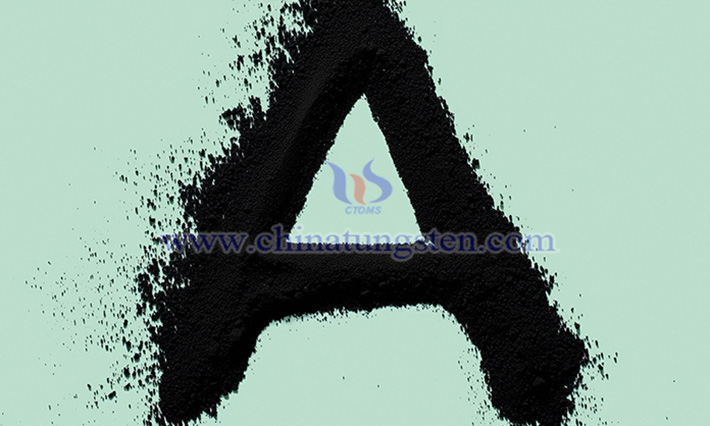
The sol-gel method is a classic approach for preparing nanomaterials through solution-based chemical reactions. It is valued for its ability to achieve molecular-level uniform mixing and control the microstructure and morphology of the resulting products, offering unique advantages in the synthesis of tungsten disulfide (WS₂) nanomaterials.
Read more: Preparation of Tungsten Disulfide by Sol-Gel Method
Tungsten Oxide: Lighting up the Innovation of Optoelectronic Devices
- Details
- Category: Tungsten Information
- Published on Monday, 10 March 2025 19:33
- Written by Xiaoting
- Hits: 156
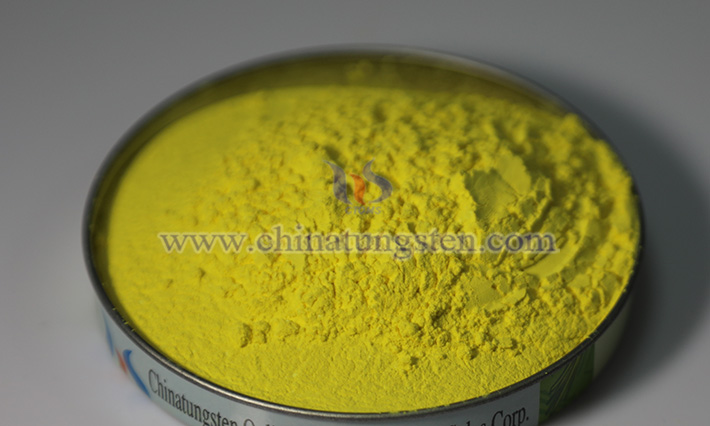
In today's era of rapid technological development, optoelectronic devices, as a crucial component of modern information technology, are continuously driving innovative changes in fields such as communication, display, and sensing. Among numerous materials used in optoelectronic devices, tungsten oxide has gradually emerged as a "new favorite" in the eyes of researchers and engineers due to its unique physical and chemical properties.
Read more: Tungsten Oxide: Lighting up the Innovation of Optoelectronic Devices





 sales@chinatungsten.com
sales@chinatungsten.com